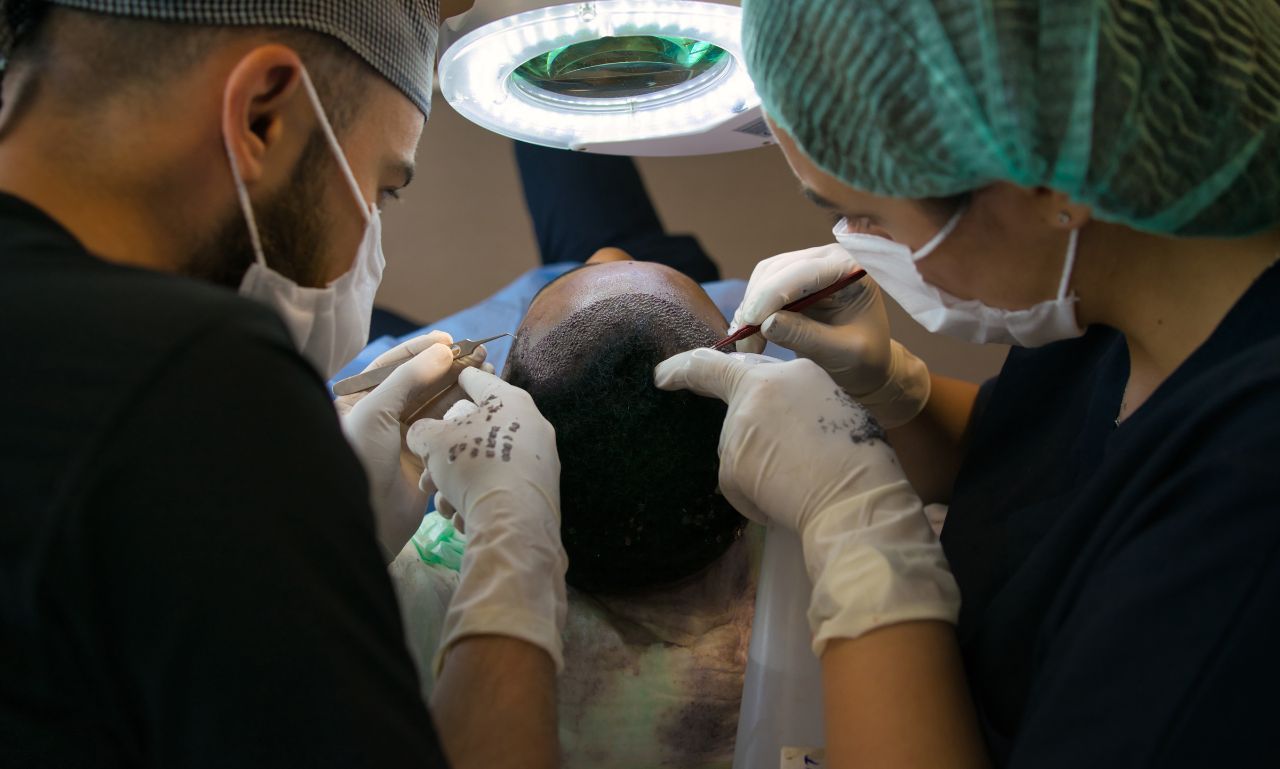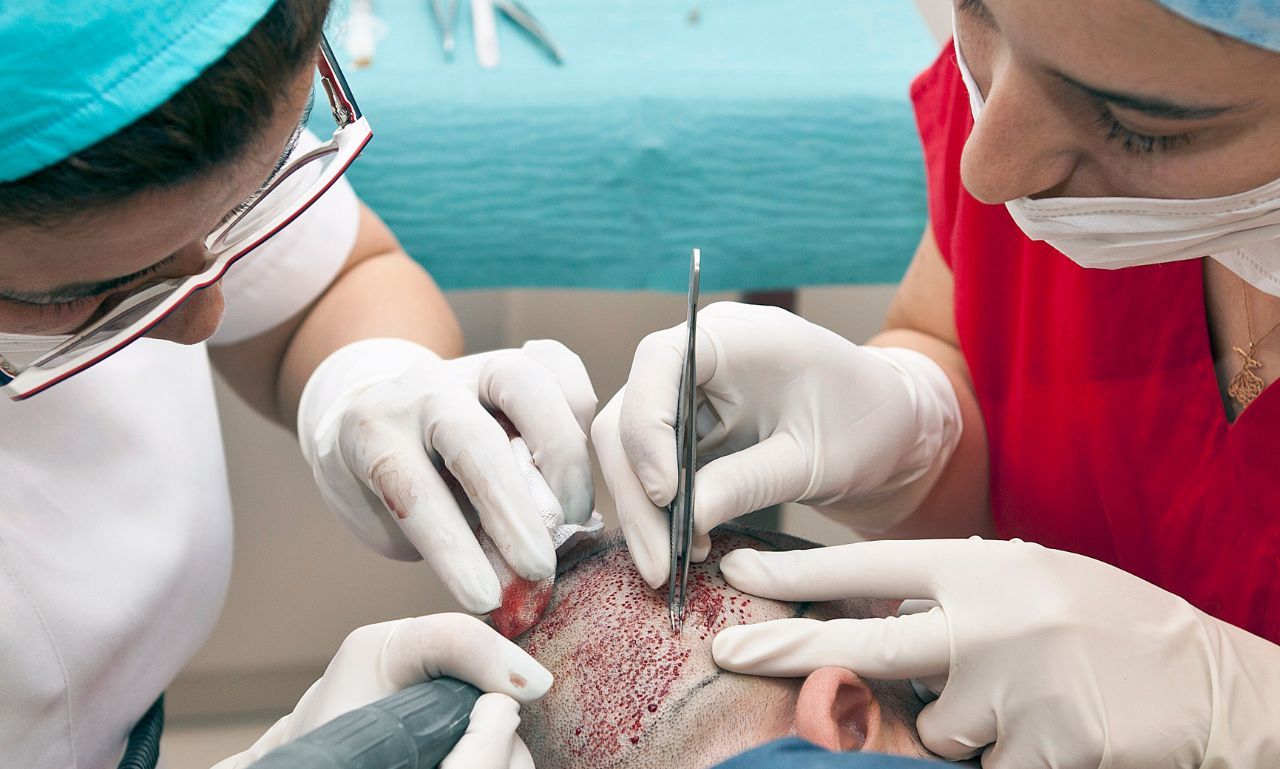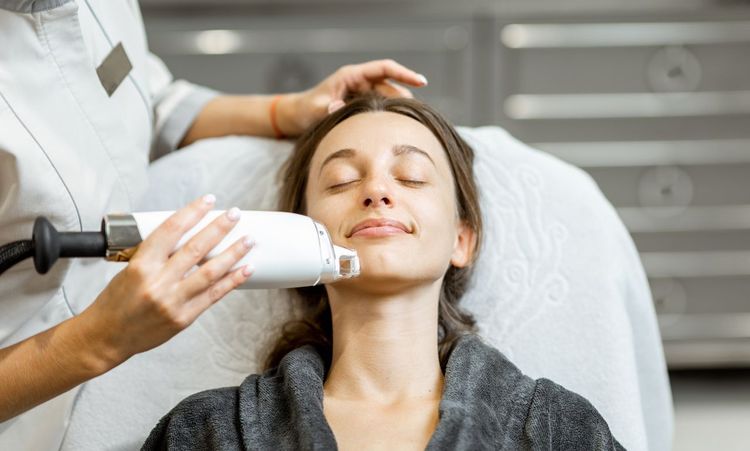So, you've taken the leap and undergone a hair transplant procedure. It's a major step in your journey toward restoring confidence and reclaiming a natural-looking head of hair. But what exactly happens after the surgery? Understanding the recovery process is crucial for achieving the best results. Hair transplant surgery is only the beginning; the real transformation happens during the recovery period. To help you navigate the path ahead, this comprehensive guide explores what to expect after a hair transplant—from the healing timeline to aftercare instructions, potential complications, and the emotional impact of the journey.
Whether you're preparing for hair transplantation or are currently in recovery, we'll provide detailed insights on what happens post-surgery, including the entire process of healing, hair growth, and follow-up care.
The Hair Transplant Recovery Timeline
Recovery from a hair transplant isn't an overnight process—it's more of a gradual evolution. Understanding each stage of the recovery timeline can help you feel more in control and prepared for what lies ahead.
Day of Surgery and Immediate Post-Operative Care

On the day of surgery, you'll feel some numbness and soreness around your scalp, which is completely normal. Your experienced surgeon will provide detailed instructions on how to care for the newly transplanted hair follicles to ensure optimal outcomes. These instructions typically include avoiding direct sun exposure, sleeping with your head elevated, and taking prescribed medications such as antibiotics and pain medications to aid in the healing process.
One essential step is to keep your scalp clean without dislodging the newly implanted hair grafts. Instead of a full wash, you may be advised to rinse the scalp with a saline solution to avoid infection and help the grafts settle in. Using ice packs on the forehead (but not directly on the transplanted area) can also help reduce swelling. It is crucial to avoid strenuous activities for the first few days after surgery to prevent complications and promote healing.
Days 1 to 7: Initial Healing Phase
The first week after hair transplant surgery is the initial healing period. During these days, you might notice scabbing and redness around the grafted area—a positive sign that your scalp is healing. You will experience some crusting around the transplanted hair follicles as they settle into place. It’s essential not to pick at these crusts, as they protect the hair grafts and promote healing.
Swelling may peak around the third day and gradually begin to subside. During this time, your doctor may recommend using a gentle, surgeon-approved shampoo to cleanse the scalp without irritating it. By the end of the first week, most patients can resume light physical activity. However, any activities that might cause sweating, such as jogging or heavy lifting, should be avoided.
Weeks 2 to 4: The Shedding Stage
In the weeks after surgery, a phenomenon called "shock loss" occurs. During weeks two to four, the transplanted hairs will start to fall out. This shedding is an expected part of the process and is nothing to be alarmed about. It occurs because the transplanted hair follicles enter a dormant phase, but they are very much alive beneath the surface and will eventually produce new hair growth.
It’s important to follow aftercare instructions carefully during this stage to protect the follicles. Though the hairs will shed, the hair follicles themselves remain intact and will enter the next phase of the hair growth cycle—the anagen phase—in due time.
Months 1 to 3: The Early Regrowth Phase
The first few months after hair transplantation can test your patience. For some, the scalp may look similar to its pre-surgery state, and it may feel like nothing is happening. However, by the third month, new hair shafts begin to emerge from the transplanted areas. These baby hairs are usually fine and lighter in color, but they will darken and thicken as the growth progresses.
During this period, you may begin to see the benefit of the surgery, but results will still be in their infancy. Hair follicles grow at different rates, so full results will take more time to develop.
Months 4 to 6: Noticeable Hair Growth
By the four to six-month mark, the transplanted areas will show noticeable growth. The newly grown hair will start to blend with the rest of your hair. It’s important to avoid any tight hairstyles that could strain the grafts. Patients often begin to see improvements in the density and volume of their hair as the new follicles continue to grow and strengthen.
You might consult with your surgeon during this period to discuss additional treatments, such as Platelet-Rich Plasma (PRP) therapy or minoxidil, which can help boost the growth rate and success of the transplant. PRP, in particular, is believed to improve blood supply and help new hair grow thicker and faster.
Months 6 to 18: The Final Growth Stage
Between six months to eighteen months post-surgery, you’ll see significant changes. The transplanted hair will thicken and become coarser—much like your natural hair. By this time, most patients achieve their final result, and the transplanted hair becomes indistinguishable from the original hair.
You’ll be able to enjoy a natural-looking head of hair, and this is when all the effort invested in the recovery process really pays off. At this point, your hair restoration journey is complete, with results that are permanent.
Managing Discomfort and Post-Operative Care

Pain Management and Discomfort
Following hair restoration surgery, you will likely feel some discomfort, itching, or a mild sensation similar to sunburn. Your surgeon may prescribe pain medications or suggest counter pain medication to manage any discomfort you might feel. Most patients describe the pain as manageable and short-lived, lasting only for a few days after the surgery.
The use of ice packs or cold compresses can help relieve swelling, but these should never be placed directly on the grafts. Always follow your surgeon’s detailed instructions for pain management to minimize discomfort.
Maintaining Proper Scalp Hygiene
Maintaining good scalp hygiene during the postoperative period is essential for ensuring successful hair growth. Washing your hair with a gentle, sulfate-free shampoo as per your surgeon's guidance will prevent irritation and promote healing. Surgeons often recommend that you avoid using any harsh chemical treatments during the first few months, as these can interfere with the healing process.
Avoiding Strenuous Activities
Avoiding strenuous activities during the recovery period is essential to protect your newly transplanted follicles. Any activity that raises your blood pressure could lead to bleeding in the grafted areas, compromising the success of the hair transplant procedure. It is generally recommended to avoid physical activity for at least two weeks after surgery. Consult with your surgeon before resuming intense exercises like running or weight lifting.
Potential Complications and Side Effects
Common Side Effects
It's entirely normal to experience some common side effects following a hair transplant, including:
- Swelling and Redness: Usually subsides within the first week post-surgery.
- Folliculitis: Inflammation of the hair follicles, which may result in small, red bumps. This can be treated with antibiotics if necessary.
- Itching: Typically occurs as the grafts heal and new hair grows.
In rare cases, complications of hair transplant surgery might include persistent pain, infection, or donor shock loss (where hair from the donor region also sheds temporarily). Allergic reactions to anesthesia, although rare, may also occur.
When to Contact Your Doctor
While these side effects are usually mild and temporary, it is crucial to know when to seek medical attention. If you experience severe pain, excessive redness, pus or oozing from the transplant area, or a fever, you should contact your doctor immediately. Such symptoms could indicate an infection that requires prompt medical treatment.
Long-Term Care for Transplanted Hair
Hair Care Tips
Once your transplanted hair starts to grow, it’s crucial to take good care of it to maintain its health and prevent any further hair loss. Be gentle with your scalp and avoid tight hairstyles that could cause unnecessary strain on the new follicles.
Use hair care products that nourish both the scalp and hair shaft. Sulfate-free, mild shampoos and conditioners are typically recommended for maintaining optimal scalp health. Avoid using high-heat tools like blow dryers and flat irons until the follicles are firmly rooted and healthy.
Styling Your New Hair
While it’s tempting to style your new head of hair right away, it’s best to avoid any harsh treatments such as bleaching or dyeing for the first six months. Once your hair has matured, you can explore more styling options.
Psychological Impact and Building Confidence
Emotional Aspects of Recovery
Hair loss is an emotionally challenging experience, and undergoing hair transplant surgery can bring about a mix of emotions, including excitement, anxiety, and impatience. The initial shedding phase can be discouraging for many, but it's important to remember that this is a normal part of the healing process. Managing expectations is key—hair transplantation is not an instant fix, but a gradual journey.
Gaining Confidence with New Hair Growth

As your hair begins to grow in, many patients report a renewed sense of confidence and an improvement in their overall emotional well-being. Hair restoration can have a dramatic impact on self-esteem and can positively affect your social interactions and quality of life.
If you find yourself feeling anxious or disheartened during the recovery process, remember that you're not alone. Joining support groups or seeking professional counseling can help you cope with these feelings and stay positive throughout your journey.
Conclusion
The journey after a hair transplant is one of patience, diligent care, and long-term commitment. The days and weeks after surgery are critical for ensuring that your grafts heal properly and that the final results are successful. With time, proper post-operative care, and a focus on maintaining scalp health, you’ll be able to enjoy the full benefits of your hair restoration. Remember, every individual’s journey is unique, but with the right guidance and expectations, the results can be life-changing—leading you to a fuller, healthier, and natural-looking head of hair.



